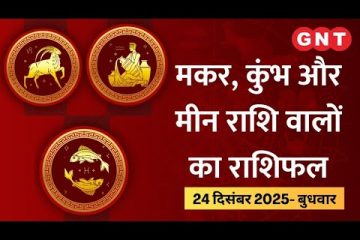Understanding India’s Current Affairs: Insights for Today

Introduction
India Today is not just a phrase, but a reflection of the dynamic nature of the world’s largest democracy. In a rapidly changing global landscape, staying informed about contemporary issues, governmental policies, and social movements in India is crucial for citizens, businesses, and global observers. Timely information enables discussions, decision-making, and fosters a sense of inclusive engagement among the populace.
Political Landscape
As of October 2023, India’s political arena remains vibrant. The ruling party, Bharatiya Janata Party (BJP), continues to emphasize its agenda of development and nationalism, while opposition parties are rallying to unify against it. Recent state elections and upcoming general elections are significant markers on the political calendar, stirring debates about governance, economic policies, and social welfare schemes. Analysts observe that regional parties will play a critical role in influencing voter sentiments, especially in key battleground states.
Economic Developments
The Indian economy is showing signs of resilience despite global uncertainties. According to the latest report by the Reserve Bank of India (RBI), the country’s GDP is expected to grow at a rate of 6.5% this fiscal year. This growth trajectory is bolstered by strong consumer demand and a rebound in manufacturing sectors. However, inflation continues to pose challenges, with food prices remaining a particular concern as monsoon patterns affect crop yields. Economic experts recommend that policy interventions addressing infrastructure and job creation will be crucial for sustainable growth.
Social Dynamics
Socially, India is witnessing a surge in youth-led movements. The youth, which constitutes over 60% of the population, is increasingly advocating for climate action, digital rights, and gender equity. The recent protests for improved academic policies and access to technology reflect a growing consciousness among young Indians about their role in shaping the future of the nation. Their active participation in civic matters is a testament to the changing values and aspirations of the Indian society.
Conclusion
Understanding India today requires a nuanced awareness of its multifaceted dimensions, including political trends, economic developments, and social changes. As the world’s largest democracy continues to evolve, staying informed is critical for citizens and stakeholders alike. The future of India will be shaped by the choices made today, reflecting the hopes and aspirations of its people. Engaging with these issues enables a deeper connection with the country’s narrative and underscores the importance of active participation in its ongoing journey.









